Earlier this month, Pennsylvania sent two crews of 20 people to western states to assist with battling wildfires.
It marked the 50th year that DCNR participated in a cooperative agreement with the federal government to assist with out-of-state wildfires.
Pennsylvania firefighters are trained and qualified under national wildland standards to function either as a member of an organized incident management team or as a member of a wildland crew.
During the past 50 years, DCNR’s Bureau of Forestry has:
- Mobilized 227 crews
- Sent a total of 4,540 personnel on those crews
- Assisted 22 different states out west
- Dispatched personnel in 38 of those 50 years
- Sent at least one crew out every year since 2000
Another estimated 1,200 Pennsylvanians have served on engines or single resources (specially trained personnel assigned to a specific position, other than a member of a 20-person crew).
Although Montana and Oregon were the first two states to receive Pennsylvania assistance, California holds the title for receiving the most assistance from Pennsylvania -- from 19 different crews.
So far this year, DCNR has dispatched at least 25 personnel and 19 single resources to seven different states for the 2023 fire season.
Serving on a Pennsylvania Fire Crew
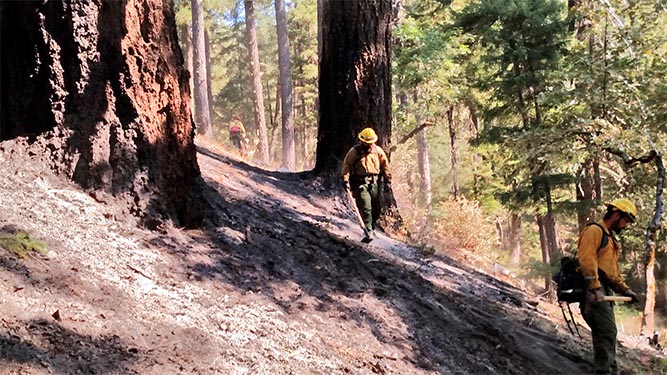
Pennsylvania fire crews are formed using a mix of trained state and local volunteer wildland firefighters. Each crew is composed of 20 firefighters under the leadership of a crew boss and three squad bosses.
Work on the fire-line is accomplished through all members of the crew functioning as a team, using hand tools for the construction of fire breaks.
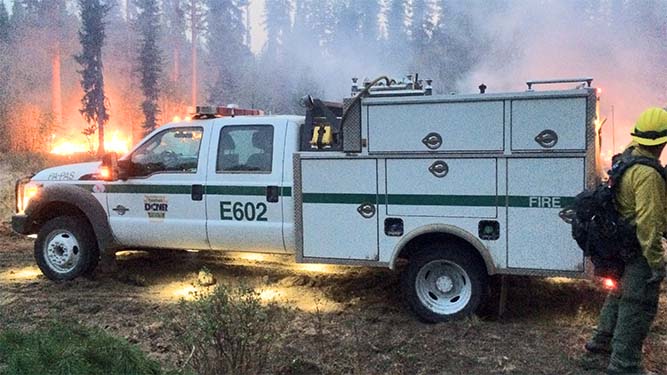
Fire crews can be tasked with the installation of water lines and sprinkler systems for protection of fire lines and buildings, and improvement of defensible space for homes that are in the path of wildfires.
Crews remain intact as a working unit throughout the call-up. Crew members live and work together for the duration of their assignment, which typically last 14 days, plus travel.
A DCNR firefighter’s story gives a feel for what working on an out-of-state crew is like.
Notable Fires
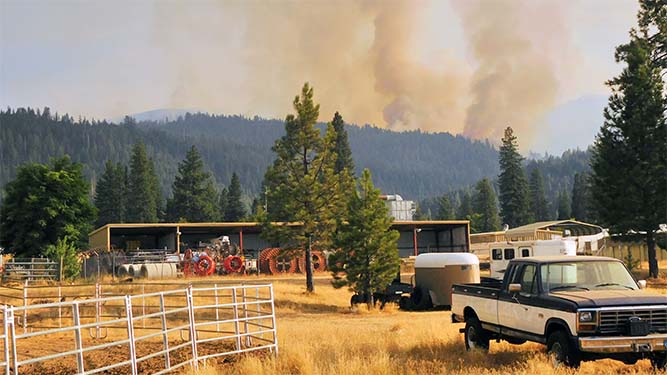
Some of the most important work we have done in this program has not necessarily been on “big name” fires that received substantial press.
The efforts and success of our wildland firefighters may be better reflected in the wildfires that never became too large, after all.
Nonetheless, below are a few major fires on which DCNR Bureau of Forestry crews have served:
- 2000 -- Trail Creek fire, Idaho, three crews (60 personnel).
- 2002 -- Missionary Ridge fire, Colorado, three crews (60 personnel).
- 2006 -- Tripod Complex, Idaho, one crew (20 personnel), as well as a couple single resources.
- 2011 -- Wallow fire, Arizona, three crews (60 personnel), as well as a few single resources.
- 2011 -- Pagami Creek fire, Minnesota, one crew (20 personnel), as well as a couple single resources.
- 2012 -- Waldo fire, Colorado, one crew (20 personnel).
- 2021-- Snake River and Cougar Rock fires, Idaho, Incident Management Team
Stafford Act
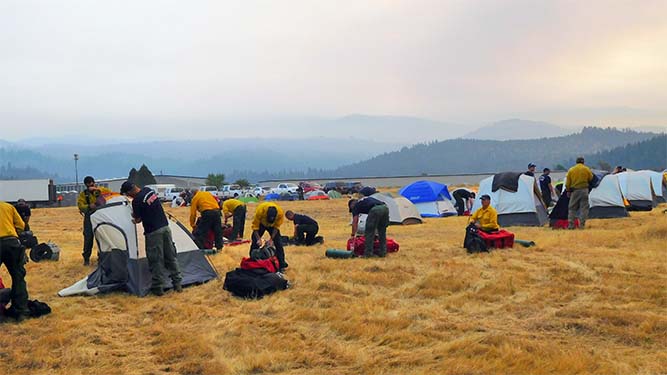
The Stafford Act of 1988, an amendment to the 1974 Disaster Relief Act, gave authority for Pennsylvania to enter into a master agreement that details the framework for DCNR’s collaboration with entities like the U.S. Forest Service, National Park Service, and other federal agencies.
The Disaster Relief Act was spurred by the effects of Hurricane Agnes (1972).
It’s interesting to note that the worst effects from Agnes -- extreme flooding -- were felt in Pennsylvania, demonstrating the serious need for interagency cooperation during and after natural disasters.
Agency cooperation is key in wildfire response, but also vital in addressing other national emergencies.
For example, DCNR personnel extended a helping hand in the aftermath of Hurricane Katrina (2006) and Hurricane Ian (2022).
At this time, DCNR has not received any requests to assist with the wildfire aftermath in Hawaii.
DCNR’s Expanding Role in Out-of-State Wildfires
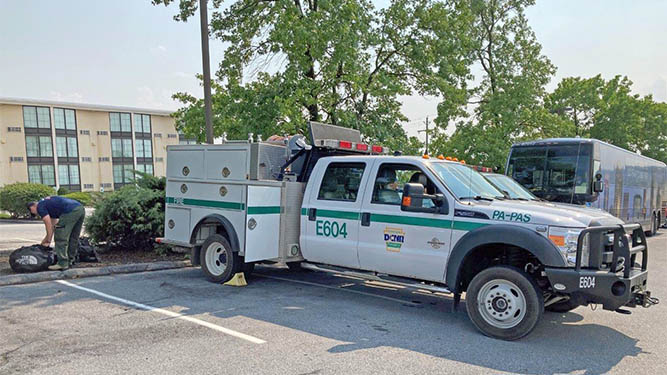
Throughout the past 50 years, it’s become evident that Pennsylvania responders have earned considerable interstate respect in the field of wildfire management.
In Idaho (2021), DCNR Bureau of Forestry staff served their first stint as an out-of-state Incident Management Team.
With wildfires on the rise throughout North America, it also is apparent that the need for our highly competent, brave wildfire responders will continue to grow.